Functional Changes in Cells, Tissues and Organs – Welcome to the world of Pathology
stemng·@sparklez·
0.000 HBDFunctional Changes in Cells, Tissues and Organs – Welcome to the world of Pathology
#### Hi Steemians Am here to talk a little about the Human Pathology. Pathology, if we have ever heard of it, has to do with abnormalities in the body tissues or organs. When there is an injury in the body the cell undergoes some adaptive measures (hypertrophy, hyperplasia, metaplasia, etc) and there could also be an inflammation of the injured area. For reversible injury, healing is by complete regeneration of the lost cells but for irreversible injury, healing is by scar formation and this could lead to necrosis which means cell death. Reversible injury is usually with organ (tissues) that can regenerate such as the skin, liver, etc. irreversible injury is usually with tissues that cannot regenerate such as the heart cells, brain cells, etc. 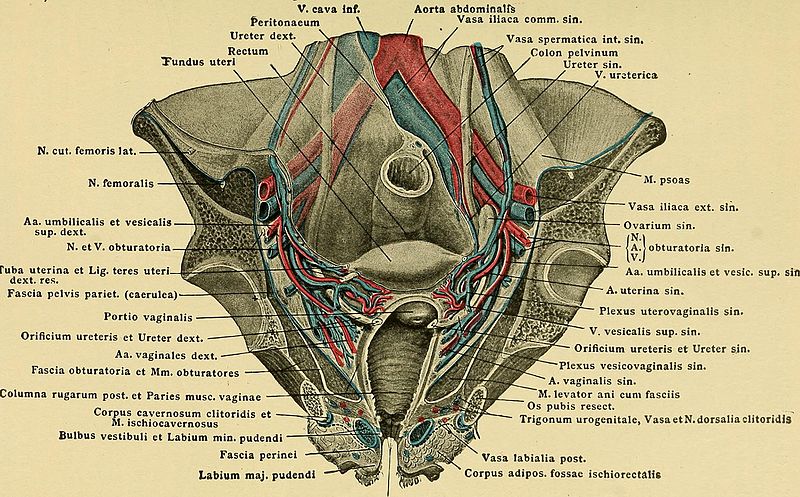 [*wikimedia commons image*](https://commons.wikimedia.org/wiki/File:Pathology_and_treatment_of_diseases_of_women_(1912)_(14781468475).jpg) #### Core Aspects of Disease Process 1. Aetiology/etiology: This is the origin of underlying cause of a disease. It may be genetics, acquired, infection, nutritional. 2. Pathogenesis: This is the mechanism of development of disease, it is a sequence of event in response to etiologic agents. It ranges from internal stimuli to disease manifestation. 3. Morphological changes (Structural Ultratuns): It is the characteristic of disease or diagnostic of the ethiologic process. Use of morphology for diagnosis is limited and mostly incorporates molecular and immunological techniques. 4. Clinical Significance: It is the function consequences of a disease #### Cellular Responses to Stress - Cells are normally able to strive to maintain a stable state or homeostasis and able to handle physiological constraints and stress. - sustained physiological stress or pathological stimuli leads to cell adaptation, aimed at preserving cells. - Adaptive Cellular responses including hyperplasia, hypertrophy, altrophy and metaplasia etc. - Increase in variety of stimuli or failure for the cell to adapt leads to cell injury and if it continuous eventually cell death. - Other changes (not adaptation) may be induced in response to sub lethal, chrome doses of nurcious stimuli e.g. subcellular, metabolic changes, intra cellular accumulation of metabolites. cellular adaptations are associated with the following - Direct stimulation of cells themselves or cell around them. - Activation of cell surface receptors and down stream signaling pathways. - Induction of new protein synthesis or cellular proliferation - Switch of protein or chemical factors produced by cells or decreased or over production of certain protein factors. https://youtu.be/FO6ww-3dghU [video credit: Interactive-biology](http://www.interactive-biology.com/3167/072-the-four-types-of-cellular-adaptations/) ## Cell Adaptation The human body is composed of trillions of cells which are the basic building block, they provide structures for the body, take in nutrients from food and convert into energy and carryout specialized functions. Cells also contains the body is hereditary materials (DNA) and can make copies of themselves. Cells are active participant in their environment, constantly adjusting their structure and function to accommodate changing demands and extracellular stress. Cellular adaptation refers to changes made by a cell in response to the environmental changes for the sake of survival. The principal adaptive responses are hyperplasia, hypertrophy, atrophy and metaplasia. If the adaptive strength (capacity) is exceeded or if external stress is inherently harmful, cell injury develops. Injury is reversible and the cell returns to the normal state but if stress is severe it may result to irretery injury or death of the affected cells. 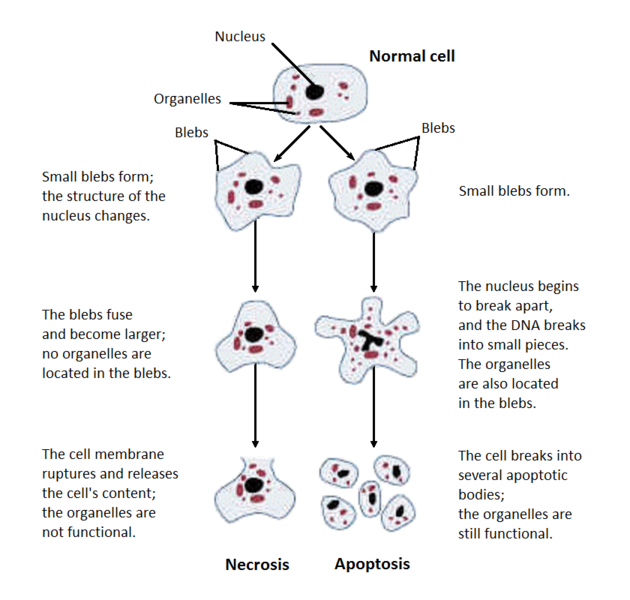 [*wikimedia commons image*](https://commons.wikimedia.org/wiki/File:Structural_changes_of_cells_undergoing_necrosis_or_apoptosis.png) #### Cellular Adaption to Stress Adaptations are reversible changes in the number, size, phenotype, metabolic activity or function of cell to respond to changes in the environment. This adaptation can be phynologic or pathology - Phynologic Adaptation: This represents response of cells to normal stimulation by hormones or endogenous chemical mediators (hormone induced enlargement of breast and uterus during pregnancy) - Pathologic Adaptation: This are responses to stress that allow cells to modulate their structure and function, and this escape injury. Such adaptations can take several distinct form. ##### Hyperplasia This is an increase in number of parenchyma cells resulting in enlargement or increased cell/tissue volume. Hyperplasia and hypertrophy can occur together even though they are two distinct processes e.g. hormone induced growth in uterus. They may be triggered by the same external environment hyperplasia takes places if the cells population is capable of replication. Hypertrophy involves cell enlargement with cell division in contrast. Hyperplasia occurs due to the recruitment of cells from the resting phase of cell cycle to undergo mitosis when stimulated, hyperplasia can be physiologic or pathologic. The permanent cells are incapable of reproduction as adults. So, they do not undergo hyperplasia rather they undergo hypertrophy (enlargement) e.g. brain cells, neurons, heart cells, skeletal muscle cells and RBC. Physiologic Hyperplasia: It is a normal response to a specific stimulus and the cells of physiologic hype-plasia remain subject to normal regulatory control mechanism. e.g. hormonal hyperplasia and compensatory hyper-plasia - **Hormonal Hyperplasia:** This occurs under the influence of hormonal stimulation; it occurs mainly on organs that depends on estrogen. It increases the functional capacity of a tissue when needed. E.g. proliferation of grandular epithelium of the female breast at puberty, pregnancy and lactation. - **Compensory Hyperplasia:** It is the hyperplasia that occurs when a portion or part of an organ is removed or diseased e.g. Regeneration of the epidermis after skin abrasion Pathologic Hyperplasia: It is an abnormal increase in cell division. Most forms of pathologic hyperplasia are cause by excessive growth factor stimulation acting on the target cells. e.g. After a normal menstrual period, there is a burst of uterine epithelial proliferation that is normally tightly regulated by stimulation through pituitary hormone, ovarian and inhubitun through progesterone. However, if the balance between ostrogen and progesterone is disturbed, endometrial hypersia ensues. Also in wound healing, there is formation of granulahin tissue due to proliferation of fibroblast and endothelial cells. formation of skin wax from hyperplasia of epidermis due to papilloma virus. #### Hypertrophy This is an increase in the size of parenchyma cell resulting in enlargement of the organ or tissue without any change in the number of all. The hypertropical organ has no new cells but just larger or enlarged cell. The bigger or larger, the cell are enlarged by an increase amount of structural proteins organelles. Hypertrophy without the company of hyperplasia occurs in cells that are capable of dividing (permanent cells) mainly muscle. **Physiologic Hypertrophy:** This occurs usually as a result of hormone induced increase in size of an organ e.g. Massive Physiological enlargement uterus during pregnancy, it occurs as a consequence of estrogen stimulated smooth muscle hypertrophy and smooth muscle hyperplasia. Bulging muscle of body builders (machos) engage pumping iron or weight lifters result from an increase in size of the individual muscle fibres in response to increased demand. The word load is thus shared by a greater mass of cellular component and each muscle fibre is spread excess work and so escape injury. The enlarged muscles cells achieve row equilibrium permitting it to function at a higher level of activity. Pathologic Hypertrophy: This is an abnormal enlargement of an organ e.g. a healthy cardiac hypertrophy which is the response to stress or disease such as hypertension, heart muscle injury (myocardial infarction) and heart disease. Pathologic hypertrophy also leads to increase in muscle mass but the muscle does not increase its pumping ability instead it accumulates collagen (myocardial scarring). In pathologic hyperplasia, the heart can increase its mass by up to 150%. It is also characterized by an increase in ventricular wall thickness when is usually a slow process. #### Atrophy This refers to the in the size of the cell by loss of cell substance. When a sufficient number of cell is involved, the entire tissue or organ diminishes in size becoming atrophic. Atrophy can be either physiologic or pathologic Physiologic atrophy: This atrophy is the normal process of aging in some tissues which can be due to loss of endocrine stimulation or artnoclerosis e.g. atrophy of lymphoid tissue with age; atrophy of gonads after menopause; atrophy of brain with aging. 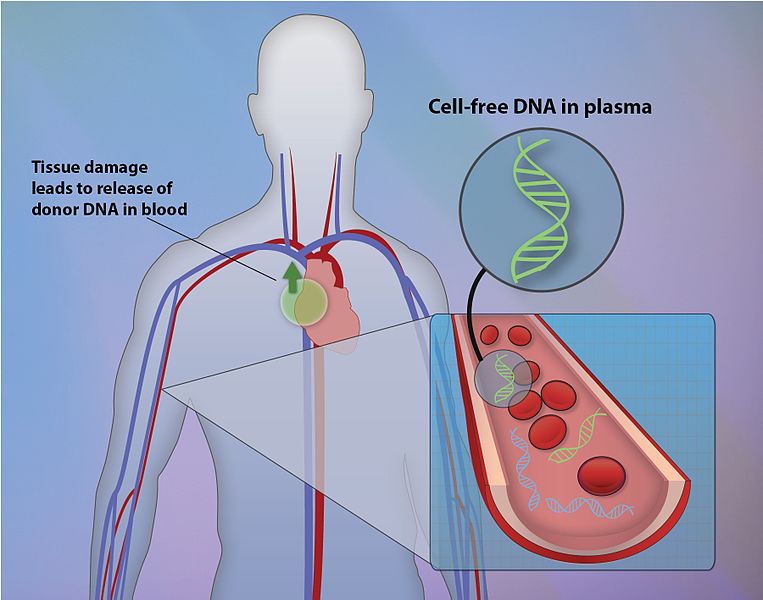 [*wikimedia commons image*](https://commons.wikimedia.org/wiki/File:Heart_Cells_(26453304894).jpg) **Pathology Atrophy:** It occurs due to disease or loss of trophic support due to other diseases. *The causes of pathologic atrophy are as follows:* i. Decreased work load (atrophy of disease): When a broken limb is immobilized in a plasticast, skeletal muscle atrophy rapidly ensues. The initial rapid decrease in cell size is reversible once activity is resumed. With prolong disease, skeletal muscle fibres decrease in number as well as size. ii. Loss of innervation (denervative atrophy): Normal function of the skeletal muscles is dependent on its nerve supply. Damage to the nerve supply leads to rapid atrophy of the muscle fibre supplied by the muscles. iii. Inadequate nutrition (starvation atrophy): Deficiency of protein is associated with the use of skeletal muscle as a source of energy after other reserve such as adipose store was been depleted Metaplasia: This is a reversible change in when adult cell type (epithelial or mesenchyme) is replaced by another adult cell type. In this type of adaption, a cell type sensitive to a particular stress is replaced by another cell type, better able to withstand that advanced environment. Dysplasia: This is a disordered cellular development often preceded or accompanied with metaplasia and hyperplasia. It occurs most often in epithelial cell. 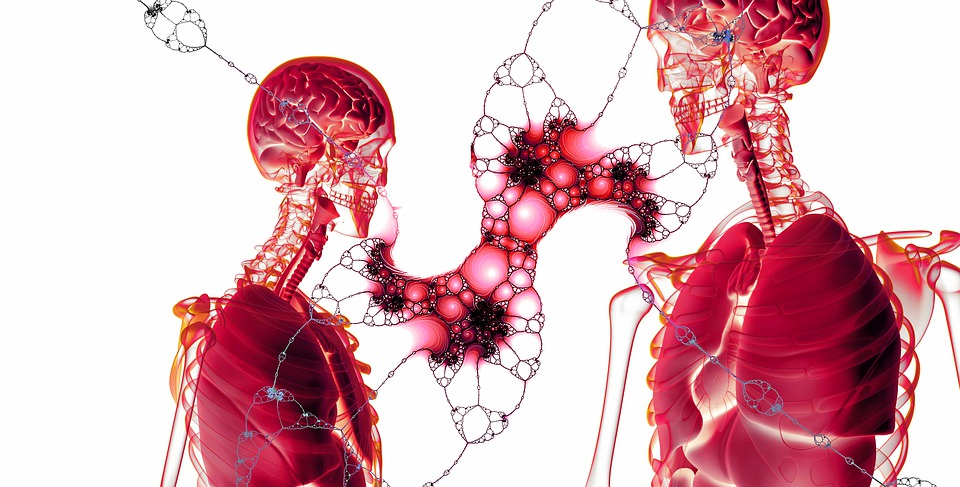 [*pixabay commons image*](https://pixabay.com/en/cell-cell-division-cell-membrane-3089947/) ## Cell Injury This is known to be the effect of the variety of stress due to etiologic agent a cell encounters, resulting in the change in its internal and external environment. Cell injury occurs when the stress is so severe that the cells can no longer adapt or when cell exposed to inherently damaging agent or suffer from intrinsic abnormalities. The cellular response to stress may vary and depend upon the following two variables. - Host factor i.e. the type of cell and tissue involved - Factors pertaining to injuries agent i.e. the extent and type of cell injury. *Forms of cellular response to cell injury maybe as follows* a) When there is increased functional demand, the cell may adapt to changes which ae expressed morphologically, which then reverse to normal when the stress is removed (cellular adaptation) b) When the stress is mild to moderate, the injured cell may recover (reversible cell injury), while persistent and severe form of cell injury may cause death (irreversible cell injury). c) The residual effect of reversible cell injury may persist in the cell as evidence of cell injury at subcellular level. (sub-cellular changes) or metabolites may accumulate within the cell (ultra-cellular accumulation) ## Etiology – causes of cell injury They may be grouped into internal and external/acquired **The internal causes of cell injury includes:** - **Genetic derangements or defects:** Genetic abnormalities may result in a defect as severe as the congenital malformation associated with Down’s syndrome cause by a chromosomal anormally or as subtitle as the decreased life span of RBC caused by a single Amino acid substitutions in hemoglobin, in sickle cell anemia, genetic defect, may cause cell injury. - **Ischemia (Chief):** This is the loss of blood supply in a tissue due to impeded arterial or reduced veinous drainage. It is the most common cause of hypoxia (low oxygen supply) - **Immunologic Reactions:** Although the system defends the body against pathological attack by pathogenic microbes, immune reactions can also result in cell or tissue injury. - **Nutritional Imbalances (deficiency in vitamins and hormone):** This continues of cell injury, protein calorie deficiencies cause an appalling number of death, chiefly among under privileged population. **The external or Acquired causes of cell injury:** This comprises of vast majority of common diseases afflicting mankind. The acquired cause of cell injury can be further categorized as follows: - Physical Agent: This includes Mechanical trauma (Road accident), Thermal trauma (by head and cold), Electricity, Radiation (ultra violet and ionizing rays) - Chemical and Drugs: Example includes Chemical poison (such as cyanide, arsenic and merairy), Strong acid and alkaline, Environmental pollutant, Insecticides and pesticide, Social agent such as alcohol and narcotic drugs, Industrial and occupational hazard - Microbial Agents 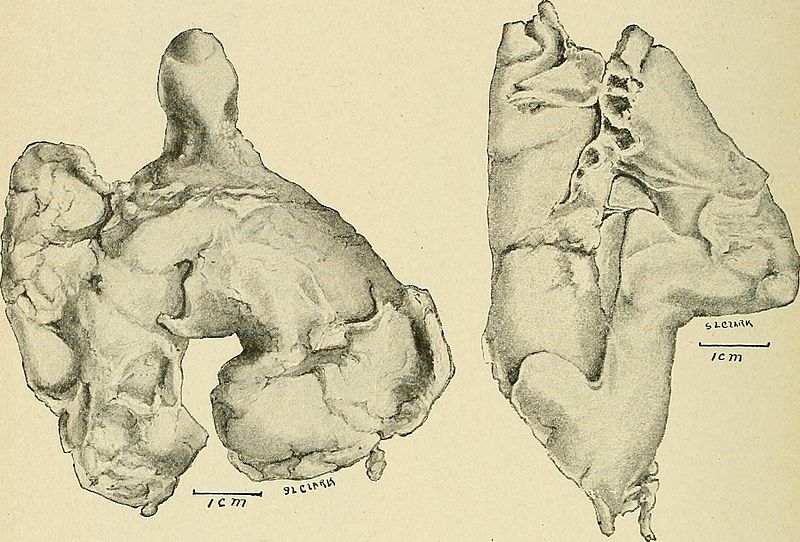 [*wikimedia commons image*](https://commons.wikimedia.org/wiki/File:Diseases_of_children_(1916)_(14579570469).jpg) *Principle relevance to most forms of cell injuries* 1. Cellular response to injurious stimuli depends on the type of injury, its duration and severity. Thus, small doses of chemical toxin of ischemia may induce mechanical injury whereas, large doses of the same toxin and more prolong period of ischemia may result either in instantaneous cell death, or slow irreversible injury leading to cell death. 2. The consequences of cell injury depend on the type, state and adaptability of the injured cell. 3. Cell injury results from functional and biochemical abnormalities in one or more severe essential cellular components. **Mechanism of Cell Injury** - Depletion of ATP - Mitochondrial damage - Influx of intracellular calcium and loss of calcium - Accumulation of oxygen derived free radicals (oxidative stress) - Defects in membrane permeability 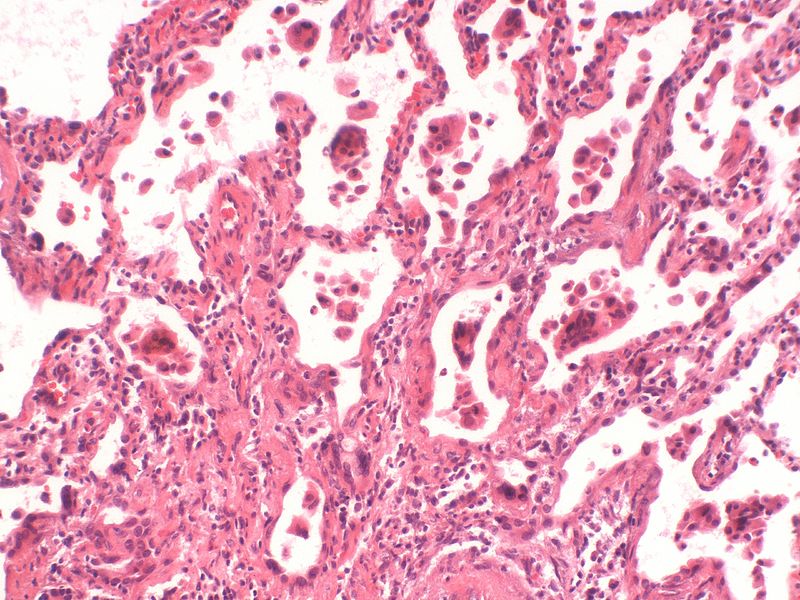 [*wikimedia commons image*](https://commons.wikimedia.org/wiki/File:Hard_metal_lung_disease_Giant_cell_interstitial_pneumonia_(GIP)_-_Case_259_(8535264530).jpg) #### Types of Cell Injury **Reversible Cell Injury:** In reversible cell injury, injury is manifested as function and morphologic changes that are reversible, if the damaging stimuli is removed **Irreversible Cell Injury:** Reversible cell injury with continuous damage to the cell injury becomes irreversible at which the cell cannot recover functional changes e.g. loss of membrane permeability and indicative of cell that have suffered reversible injury. #### Cell Death This is a form of irreversible cell injuries, it may occur in the living body as the local change and the changes that follows it (gangrene and pathologic calcification) or result in end of life (somatic death) 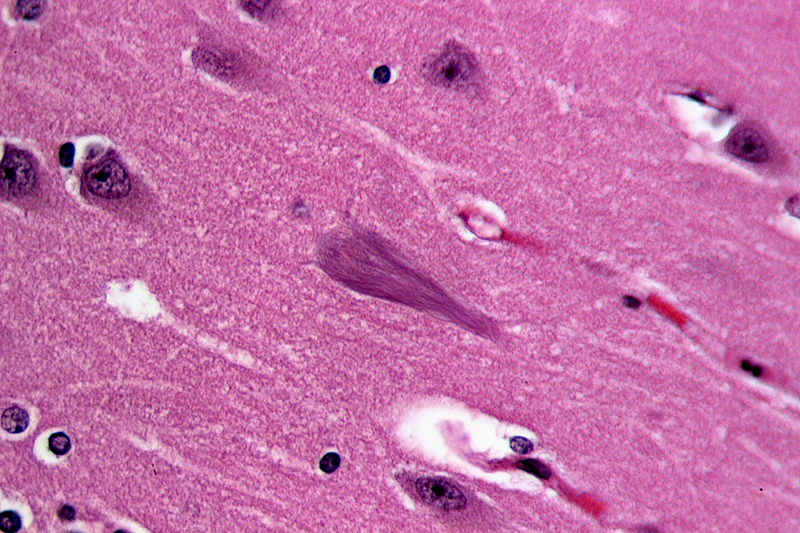 [wikimedia commons image](https://commons.wikimedia.org/wiki/File:Neurofibrillary_tangles_in_the_Hippocampus_of_an_old_person_with_Alzheimer-related_pathology,_HE_1.JPG) https://youtu.be/DR80Huxp4y8 [video credit: Wehi Edu](https://www.wehi.edu.au/research/research-fields/cell-death) The human patholology and cellular adaptations are designed for us to know how the human cell function. I hope you learnt something from the various forms of the cell disease down to their adaptations. Thanks for reading! ## References [Slideshare](https://www.slideshare.net/nsantosmd/introduction-to-pathology) [Ibsina](www.ibnsina.edu.iq/upload/upfile/ar/176.pdf) [Wikipedia](https://en.wikipedia.org/wiki/Cellular_adaptation) [Interactive Biology](http://www.interactive-biology.com/3167/072-the-four-types-of-cellular-adaptations/) [Theartofmed](https://theartofmed.wordpress.com/2015/05/23/cellular-adaptation-to-stress/) [Wikipedia](https://en.wikipedia.org/wiki/Cell_damage) [Humpath](https://www.humpath.com/spip.php?article8567) [Pathway Medicine](http://www.pathwaymedicine.org/cell-injury-biochemistry) [Pathology Expert](http://www.pathologyexpert.com/boards/onlinefiles/robby1.htm) 
👍 sparklez, sparkosonic, team, theheralds, eurogee, akpos, sensation, numbo, simplicitytech, jblsignature, candyman, ejemai, juliangold, mrxplicit, stach, kisom1, tolarnee, rogerman, francistagbo, lumen77, zouxx, pasaift, murad06, caesar2341, enjoyy, williams-owb, aristokratos, belemo, kingsman2, valarmorg, jacintoelbarouki, juned0292, pepememes, nurjannah11, steemdragon,